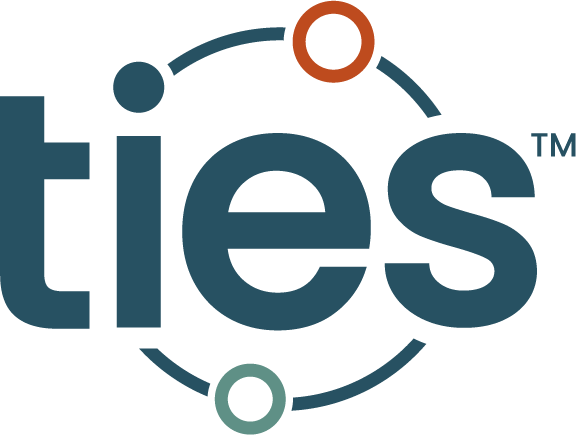At a school just outside of Columbus, the principal sits at her desk with a sign looming large behind her. The sign reads, “Be Genuine, Be Interesting.”
Judy Hoban, the principal of Tree of Life Christian Schools, Polaris, explained that those framed words were the last comments her father made to her.
Hoban’s father, John Halford, died in 2014 and for the last eight years, she has worked to live by those words in all aspects of her life and work.
At Tree of Life, the words guided her to rally her team to rethink their approach to STEM education. STEM had started at Tree of Life as a program for the students deemed “gifted and talented.”
When a parent of a student realized how powerful the STEM programming, led by Tree of Life STEM Coordinator Melanie Mugge, was, the parent asked why STEM wasn’t being offered to all students. At the same time, Mugge shared with Hoban a story of a student who was really struggling with traditional learning.
“So, Melanie took a different approach with this little guy. She started getting him engaged in very hands-on learning and using the engineering-design process,” Hoban said. “This little boy had so much energy that he would almost fall out of his seat but the new approach that Melanie used really worked and he found success in learning.”
So, back to the question: Why wasn’t STEM learning for everyone?
It didn’t take long for that question to trigger action. Tree of Life adopted a STEM approach for all of its students and all of its subjects in the early days of the COVID-19 pandemic.
Are Zoos Humane? and Other Big Questions
What this translates to is that when students go on a field trip to the zoo, they won’t just be admiring the panda bears or laughing at the chimpanzees. Instead, they are there to exercise their critical thinking skills. For instance, for a recent fourth grade field trip, the teacher tasked students with answering the question of whether zoos are humane places for animals.
The students had to really observe the animals, ask questions, conduct research and then form, defend, write and discuss their opinions.
In addition to STEM and the engineering-design process, all learning is also deeply grounded in Biblical foundations. Students, through problem-based learning, work to improve life for someone else.
“We have ‘Habits of Mind’ posters that are hanging throughout the school that actually have a scriptural reference. … This is a way of thinking. We actually really like to use the term ‘service learning’ here. So when we create problem-based learning at our school, the end result is ‘What can I do to help solve a problem that makes it better for somebody else.’”
For instance, fifth grade students were tasked with designing and building a birdhouse to replace one that had decayed. After extensive research about various birds known to frequent their area and the needs of those birds, teams of students went to work designing and then prototyping birdhouses.
Community Partners Assist at School
But they didn’t do it alone. They had help from local community leaders, who trained the students about the use of various tools, Exercising language arts and literacy skills, they also wrote letters to Lowe’s to ask for donations of wood and paint.
After numerous steps and iterations of birdhouse prototypes, the students selected one to hang outside of their school classroom. They donated the other eight to a retirement home located close to the school, where they worried about the residents who were unable to have visitors in the height of the pandemic.
“Their thinking was that when the residents looked out of the window, they could see not only something from God’s creation, but they could note that there were kids that cared enough about them to do that,” Hoban said.
Tree of Life, Polaris has waiting lists in several grades – a fact that Hoban sometimes laments. She would like to be able to serve every interested student. The school has 115 students in grades Kindergarten through Fifth and another 35 in the preschool program.
Tree of Life, Polaris was designated as a STEM School equivalent in 2022, working closely with the Central Ohio Hub operated by the Ohio STEM Learning Network to fully understand and then implement a full STEM school model.
Hoban said she is proud of the diversity of the school, where about 46 percent of the student body is made up of minorities.
“We have a wonderful community and wonderful families and we’re all together. This is what I believe heaven is like,” she said.
Reflecting back to the energetic boy who struggled with traditional learning, Hoban said she has been keeping tabs on him and was visiting a classroom where students were studying velocity and speed by sending an elf on a zip line across the classroom. Just as Hoban left the room and the boy had successfully launched his elf on the zip line, Hoban heard him announce, ‘Now, that’s what I call success.’”
